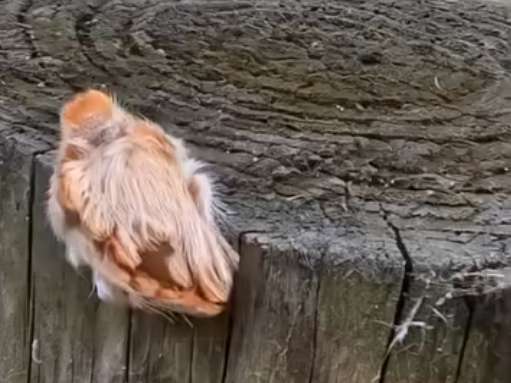
It was a bright, warm afternoon when Leslie Howe decided to take her baby and two other children to Gwinnett County Park to enjoy the fresh air. The park was full of cheerful sounds—children laughing, birds singing, and leaves rustling softly in the breeze. As the kids played, something unusual caught their attention on a nearby bench—a tiny creature completely covered in thick, soft-looking fur.
At first glance, it seemed harmless, almost adorable. Its silky coat gave it the look of a plush toy or a gentle insect, tempting the children to reach out and touch it. But Leslie’s instincts told her something wasn’t right, and she quickly asked them to step back.
Her caution proved wise. The “cute” little creature was actually a puss caterpillar (Megalopyge opercularis)—the most venomous caterpillar in the United States. By stopping the children in time, Leslie may have spared them hours of extreme pain.
Hidden beneath the caterpillar’s furry exterior are venomous spines. A single touch can release venom strong enough to cause intense throbbing pain, swelling, nausea, dizziness, excessive sweating, and in some cases, pain that radiates throughout the body, making movement difficult.
These caterpillars are most common in the southeastern United States, from Florida to North Carolina, and often appear in public parks, playgrounds, and backyards. Sometimes, they even fall from trees onto people below.
Children are particularly at risk because the caterpillar’s soft, fuzzy appearance invites curiosity—and touching it can lead to dangerous stings.
If contact occurs, avoid rubbing the area, as this can push venom deeper. Instead, gently remove any remaining hairs with adhesive tape, wash the area with soap and water, apply ice packs to reduce swelling and pain, take over-the-counter pain relievers if needed, and seek medical attention if symptoms worsen.
Leslie’s quick thinking likely prevented a medical emergency and turned the incident into a valuable safety lesson. Her experience is a reminder that in nature, the most dangerous things are not always the ones that look threatening.
When spending time outdoors, especially with children, remember: appearances can be deceiving—and a cautious approach can make all the difference.



